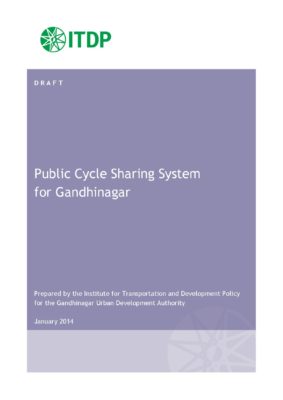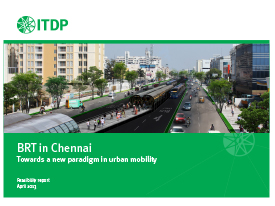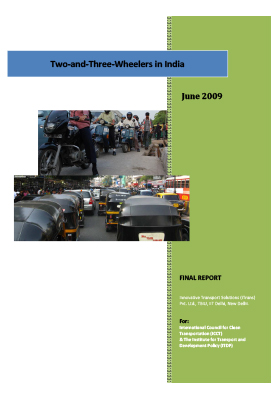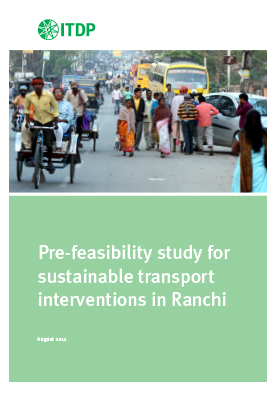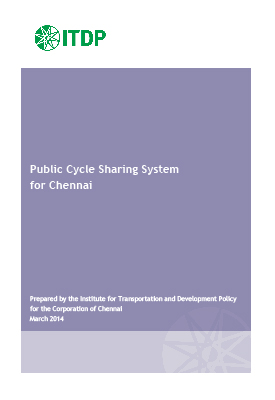Coimbatore is a prominent industrial hub and second largest city in the state of Tamil Nadu. The city has been witnessing rapid growth of vehicles especially cars and two wheelers. Due to the high vehicle volumes, there is significant traffic congestion in the inner city. Though walking and cycling account for a quarter of trips in Coimbatore, most streets lack dedicated pedestrian and cycling facilities. Even where footpaths are available, they are either narrow or encroached by utilities and parked vehicles.
The existing public transport system served by TNSTC does not have adequate good quality buses and is characterised by poor frequency, longer waiting times, and poor quality bus shelters. To actively promote safe and accessible sustainable transport with focus on reducing vehicular increase and pollution, the Commissionerate of Municipal Administration, Tamil Nadu, in partnership with ITDP has initiated the “Sustainable Cities through Transport” process.
In partnership with the Transport Department, ITDP has worked with Coimbatore to study the city’s public transport needs in more detail. The outcome is this feasibility study, which identifies a 74 km network for rapid transit. This document discusses the existing transportation system challenges, and identifies four corridors to implement an affordable, accessible, flexible, and cost effective mass rapid transit system.








